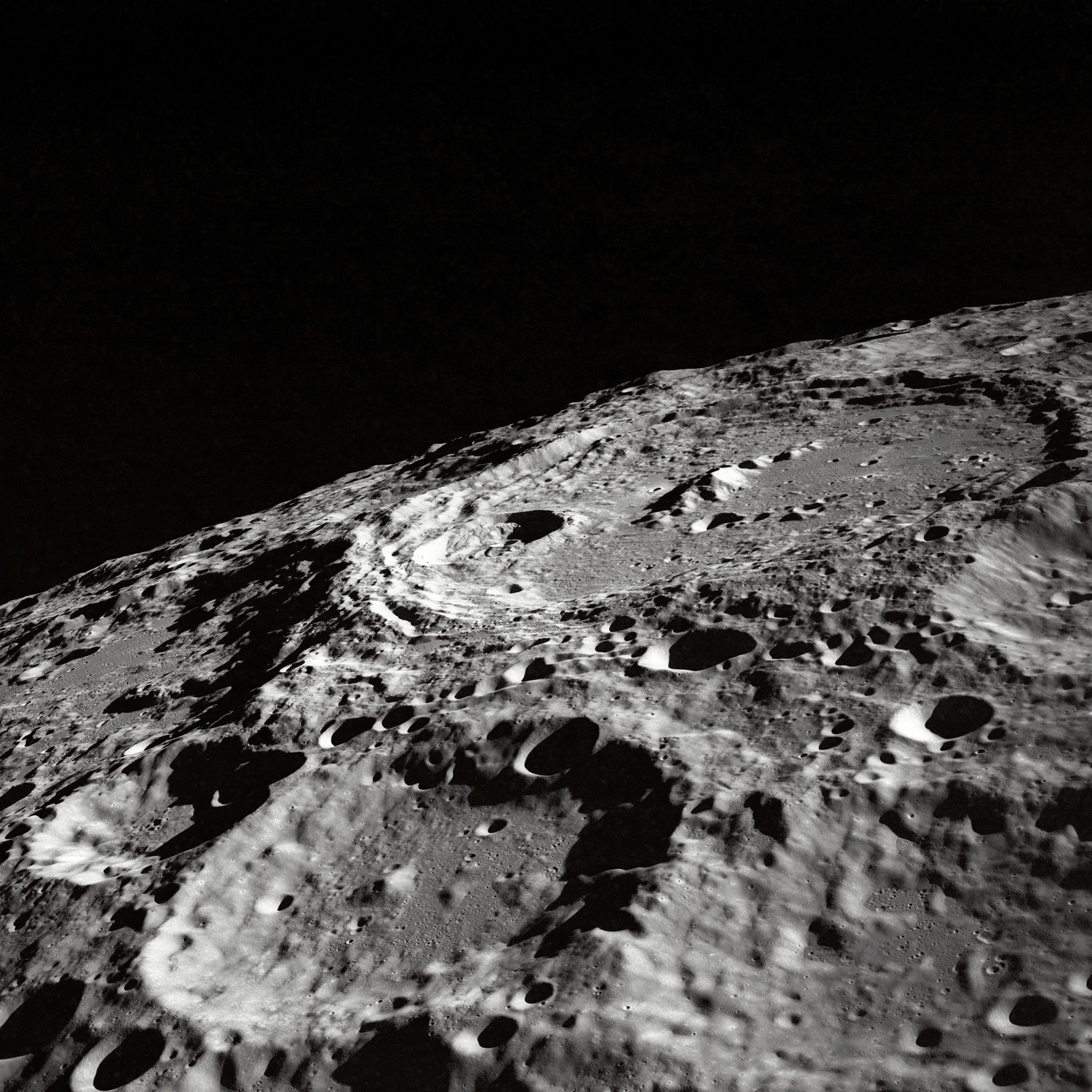The 8 Phases of the Moon: Exploring the Lunar Cycle
The moon is a mesmerizing celestial body that has captivated humanity for centuries. From inspiring poets and artists to influencing tides and navigation, the moon plays a significant role in our daily lives. One of the most fascinating aspects of the moon is its ever-changing appearance throughout the lunar cycle, which consists of eight distinct phases. In this blog post, we will delve into each phase, exploring its characteristics and the science behind it.
Understanding the Lunar Cycle
The lunar cycle, also known as the lunar month, encompasses the entire process of the moon’s transition through its eight phases. These phases are a result of the interaction between the sun, the moon, and the Earth. The moon itself does not emit light but reflects the sun’s light, resulting in its varying appearances in the night sky.
The entire lunar cycle spans approximately 29.5 days, during which the moon evolves from a slender crescent to a brilliant full moon and then back to a thin crescent before beginning the cycle anew. Each phase has its unique characteristics, and understanding these phases can deepen our appreciation for the moon’s beauty and its influence on our planet.
The 8 Phases of the Moon
1. New Moon: The lunar month begins with the new moon phase. During this phase, the moon is positioned between the Earth and the sun, and its dark side faces the Earth. As a result, the moon is not visible from our perspective as it merges with the sun’s brilliance. This marks the start of the lunar cycle, with the moon gradually emerging from darkness into the light.
2. Crescent Moon: As the moon moves slightly away from the sun, a small sliver of light becomes visible on its right or left side, depending on the hemisphere. This phase is known as the waxing crescent moon, and it occurs a few days after the new moon. The crescent shape begins to take form, and stargazers can catch a glimpse of the moon’s expanding presence.
3. First Quarter Moon: Around one week after the new moon, the first quarter moon appears. During this phase, exactly half of the moon’s surface is illuminated, resulting in a semi-circular shape resembling a capital letter “D.” The first quarter moon is often referred to as a half moon and is visible in the afternoon and early evening.
4. Gibbous Moon: Following the first quarter moon, the moon enters the gibbous phase. This phase occurs after the first quarter but before the full moon, with the illuminated portion increasing each night. The moon appears significantly larger and brighter during this phase, allowing observers to notice more details on its surface.
5. Full Moon: The full moon, perhaps the most iconic phase, occurs when the moon, Earth, and the sun align, with the Earth situated in between. The entire illuminated side of the moon is visible, presenting a round and symmetrical appearance. Full moons are often given unique names, such as the Harvest Moon or the Hunter’s Moon, depending on the time of year. Full moons are popular for their ethereal beauty, and they have been celebrated in various cultural and religious traditions.
6. Disseminating Moon: After the full moon, the moon begins to wane, gradually transitioning to its next phase. The disseminating moon phase occurs as the illuminated portion starts to decrease. During this waning gibbous phase, the moon appears slightly less bright and its shape moves closer to a half circle.
7. Third Quarter Moon: Approximately three weeks after the new moon, the third quarter moon appears. Like the first quarter moon, exactly half of the lunar surface is illuminated. However, during the third quarter, the other side of the moon is illuminated, giving observers a different perspective of its beauty. This phase is often referred to as a half moon, but this time, it appears as a backward “D” shape.
8. Waning Crescent Moon: As the lunar cycle nears completion, the moon enters the waning crescent phase. Only a small illuminated portion is visible, resembling a diminishing crescent shape. The moon gradually approaches the point of merging with the sun’s brilliance, marking the end of the cycle and the beginning of a new moon.
The Influence of the Lunar Phases
The eight phases of the moon not only captivate our imagination but also have tangible effects on our planet. These effects include the rise and fall of tides, animal behavior, and even human emotions. The gravitational pull between the moon and the Earth is strongest during the new moon and full moon phases, resulting in higher tides known as spring tides. On the other hand, during the first and third quarter phases, the gravitational pulls of the sun and the moon are less aligned, leading to lower tides, known as neap tides.
Additionally, various cultural and religious practices have incorporated lunar phases into their traditions. For example, some Buddhist celebrations are based on the lunar calendar, and Islamic holidays, such as Eid al-Fitr, are determined by the sighting of the crescent moon. Understanding the phases of the moon allows us to appreciate how different societies have interpreted its beauty and significance throughout history.
Conclusion
The moon’s eight phases take us on a celestial journey, showcasing its ever-changing appearance and influence on our world. From the new moon’s darkness to the exquisite beauty of the full moon, each phase holds its unique charm and scientific significance. Whether you are a casual observer or a seasoned astronomer, taking the time to appreciate the moon’s various stages can deepen your connection with the cosmos and awaken a sense of wonder within you. So, the next time you gaze up at the night sky, remember the moon’s incredible journey through its eight phases, and let it fill you with awe and inspiration.
Table of Contents
